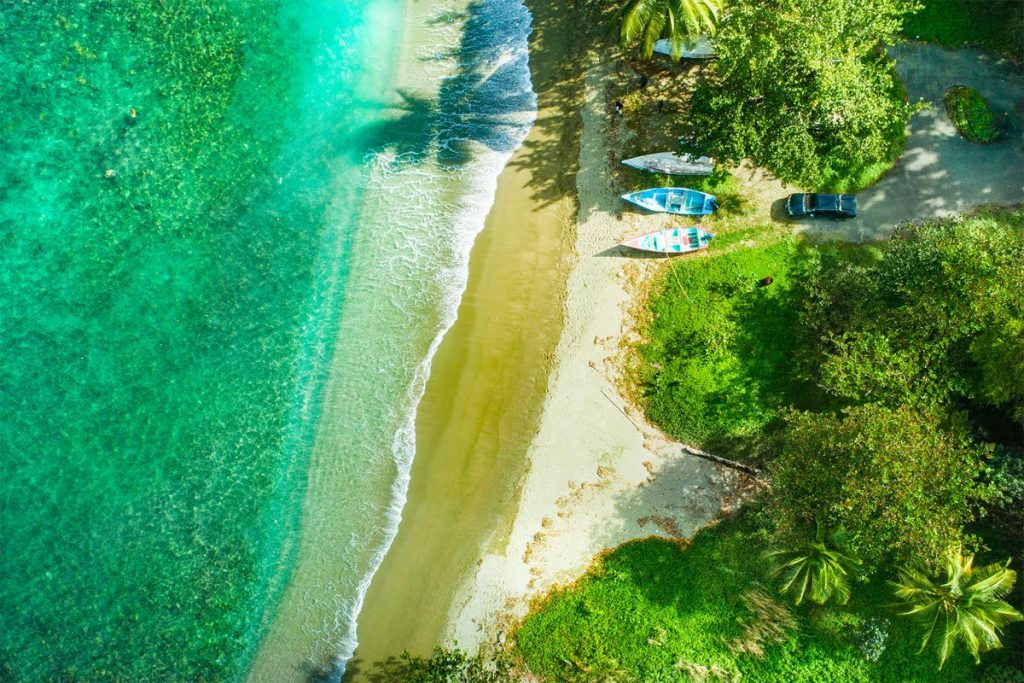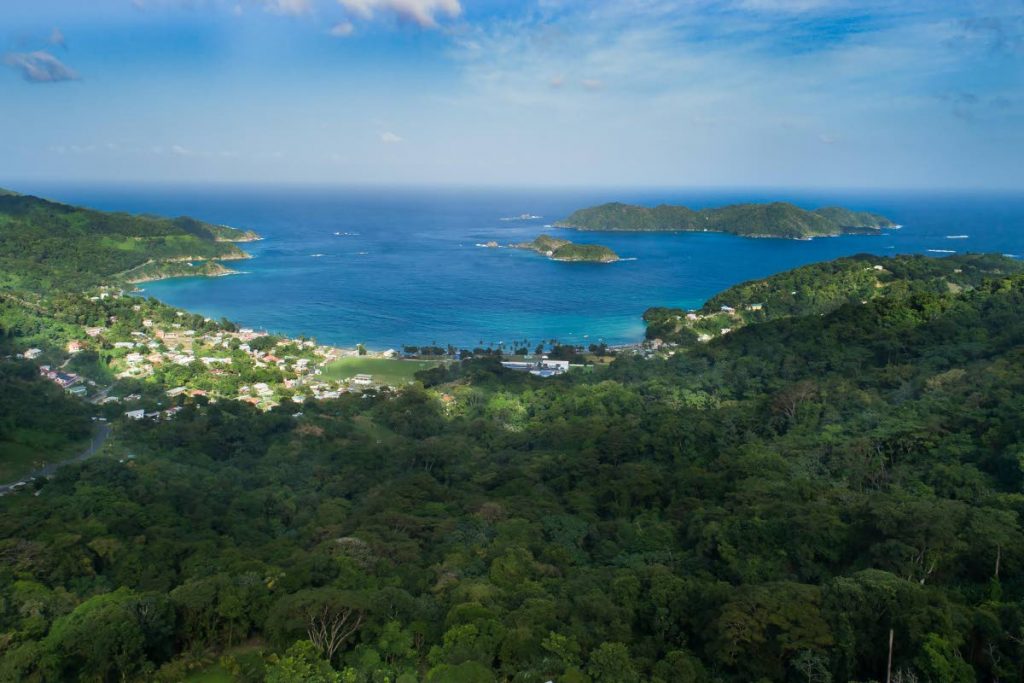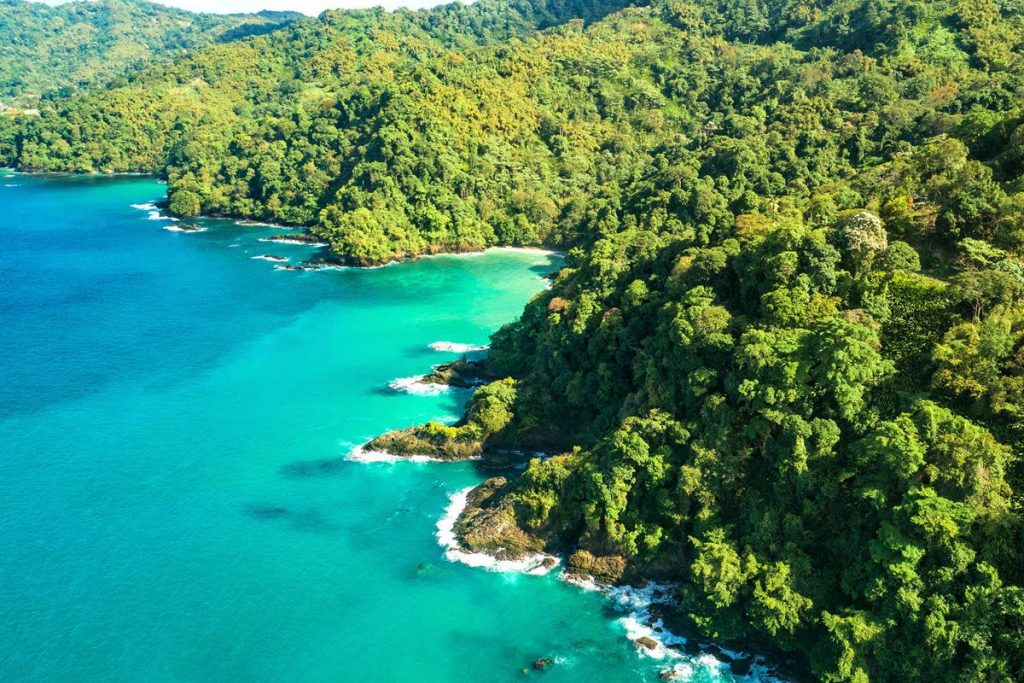Building on The Man and Biosphere designation

Last week it was announced that Tobago was awarded the Man and the Biosphere designation from the UNESCO, identifying northeast Tobago as a biosphere reserve. Marine scientist Dr Anjani Ganase looks at what it means and the implications for Tobago.
The Man and the Biosphere (MAB) programme was established during the 1970s by UNESCO (United Nations Educational, Scientific and Culture Organisation), during the decade of a series of pivotal global environmental movements towards environmental policy and concerted efforts to monitor and conserve our natural resources for the sake of our livelihoods. The MAB programme recognises that human wellbeing and conservation are interlinked and aims to improve livelihoods as a means to safeguard our natural ecosystems.
According to UNESCO, “Biosphere reserves are considered learning places for sustainable development. They are sites for testing interdisciplinary approaches to understanding and managing changes and interactions between social and ecological systems, including conflict prevention and management of biodiversity.”
The MAB programme focuses on designated biospheres around the world, which range from tropical forests, wetlands and mountains to marine, coastal and island areas. Integral to the programme are models of sustainable development that are grounded in ecological and social scientific research. Fifty years later, the biosphere network currently spans 124 countries and has a combined reserve area nearly the size of Australia. Within the Caribbean region alone, Cuba dominates with six biosphere reserves, and the following countries having one reserve each: Dominican Republic, Haiti, St Kitts and Nevis and now TT. Compared to other regions, representation in the Caribbean appears small when considering the large expanse of marine resources that we share.
While the MAB designation has come out of incredible work by stakeholders in TT who see the implicit benefits of the programme, this is just the first step in the process of effective change for our island community. We are in a phase of recognition. Through the nomination procedure and the successful outcome, Trinbagonians can be assured that our island ecosystem is one worthy of being conserved.

We must now cultivate the attitude that a healthy, natural environment correlates with economic success and wellbeing through sustainable development. More specifically, the national committee must work with the government and local bodies to set up the infrastructure and a management plan that establishes three main zones within the biosphere in accordance to the Biosphere Reserve guidelines.
The first zone is the core zone that is prioritised for complete protection for the long term, its sole purpose is to preserve biodiversity and habitats in the natural state. All activities within this zone must be low-impact, and a team should be hired to ensure its wellbeing through monitoring and research. The core zone can be evaluated for its services such as the provision of clean water, coastal protection or soil stabilisation. The second zone is the buffer zone that surrounds the core zone. In this zone, eco-friendly uses of the areas are allowed including sustainably managed fishing, eco-tourism activities or other local cultural and recreational activities. These areas are inevitably more impacted by humans and therefore require management regulations and monitoring to assess continuing health. The last zone is the transition zone which is centred on the sustainable development of the communities that occur in the biosphere reserve. Activities in the transition zone involve community development ventures that are aligned to sustainable development goals (SDGs), such as poverty alleviation (SDG 1), decent work and economic growth (SDG 8), but at the same time considers life on land (SDG 15), life below the water (SDG 14), responsible consumption and production (SDG 12) and climate action (SDG 13).
In each zone, activities are geared towards the improvement of the systems within and their interactions with each other. This will be done with the support of The World Network of Biosphere Reserves through the establishment of partnerships with entities in the private, research and social sectors. UNESCO will also assist in building capacity through training and education. Projects that come out of this will be assessed scientifically and use existing knowledge and past experience by other members. Biospheres are reviewed by UNESCO in the MAB programme every ten years for their effectiveness using metrics such as the formation and the effectiveness of the established zones, the health and biodiversity of the reserve, the involvement of the communities, changes in the local economy, perception of environmental quality along with institutional changes in the government to support the MAB initiative.
The northeast Tobago designation spans 15 communities from Moriah on the Caribbean coast to Belle Garden on the Atlantic coast, along with their ecosystems. The northeast Tobago ecosystems include the Main Ridge Forest Reserve and many marine ecosystems, such as coral reefs that line the coast. It is to be noted that most of the communities meet along the interface of the two ecosystems, in the coastal areas. The areas highlighted in the MAB Programme are aligned with the Proposed National Protected Areas Systems Plan that was recently approved by the government.

The first step must be to solidify the MAB designation with the declaration of the proposed zones in northeast Tobago as National Protected Areas, so that there is legally binding responsibility by all governments and stakeholders to uphold these reserves, from which there will be considerable long-term benefit. This will ensure that it becomes a national goal, rather than a political one. The next step is devising a management plan that is based on scientific research on the ecology of natural system, so that the zones and their management are thoroughly locked in based on local research and lessons learnt in other locations. Again, much of this have been started in the FAO’s Improving Forest and Protected Area Management in Trinidad and Tobago Project with collaborations of experts that have collated all previous ecological and social research done in the areas to understand the biodiversity and health and highlight the gaps in the information.
The designation of the core, buffer and transitional zones should include land and sea areas, considering our strong connection to the ocean. One practical application must be the creation of marine protected areas which will see the establishment of a marine spatial plan. Such a plan will assess marine habitats for full protection (core zone), while designating other areas for use in eco-friendly activities, such as diving or managed fishing (buffer zone) and community use such as for mooring or farming. We must keep in mind that marine spatial planning should also be adaptive to future disturbance events where zone designations may change based on health or vulnerabilities. This is where conservation aligns with the sustainable development projects of the communities.
We must congratulate all those who participated in achieving this significant recognition for Tobago. But let us also envisage the path that is charted forward. This signal designation of our islands’ worth in the world comes with the responsibility to care for the land and sea where we live, realising that what we conserve will take care of our families for generations to come. Let us start by teaching the children to love and protect where they live. Hopefully, then, we will co-create the environment that will sustain the livelihoods of future generations.
Reference:
Biosphere Reserves: https://en.unesco.org/biosphere
Man and the Biosphere programme - https://en.unesco.org/mab
Biosphere Reserves, Zoning Schemes:
http://www.unesco.org/new/en/natural-sciences/environment/ecological-sciences/biosphere-reserves/main-characteristics/zoning-schemes/
Forest and Protected Areas of Trinidad and Tobago
https://www.protectedareastt.org.tt


Comments
"Building on The Man and Biosphere designation"